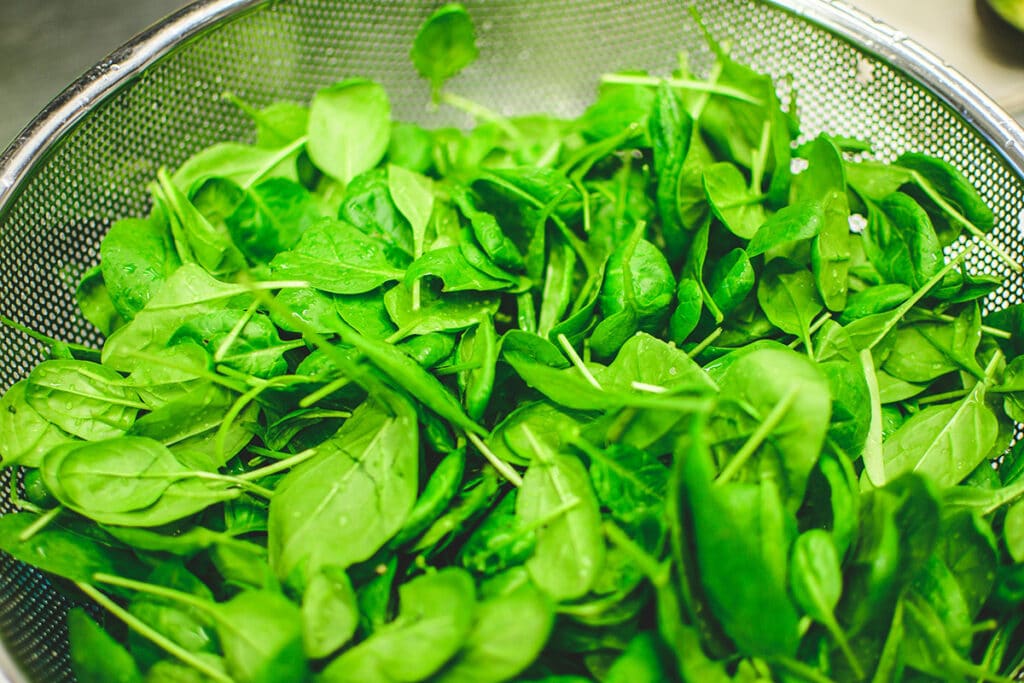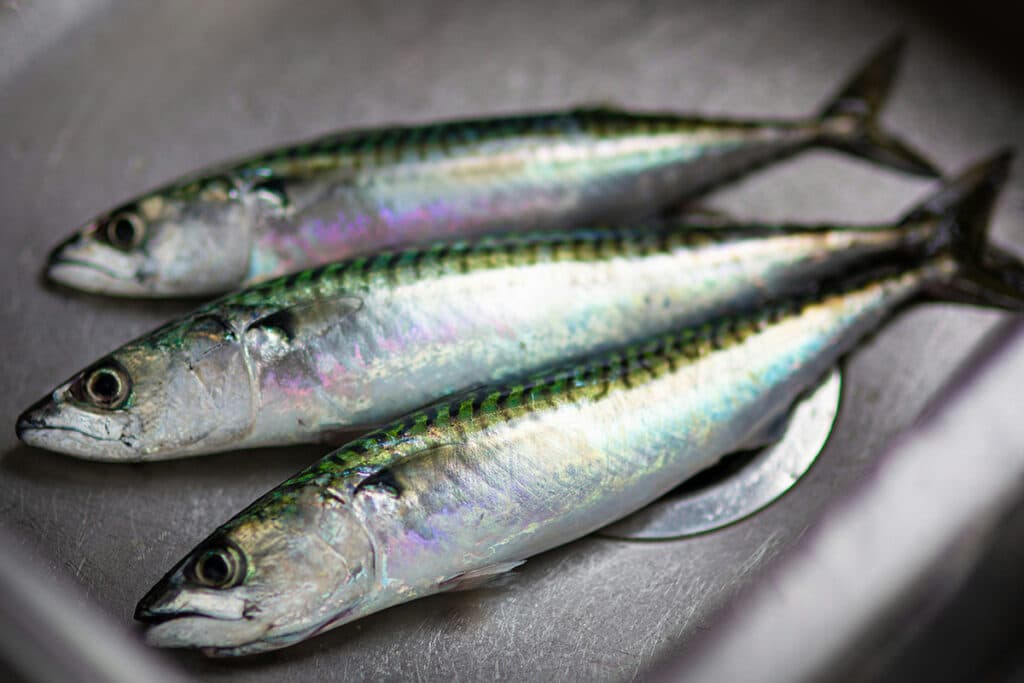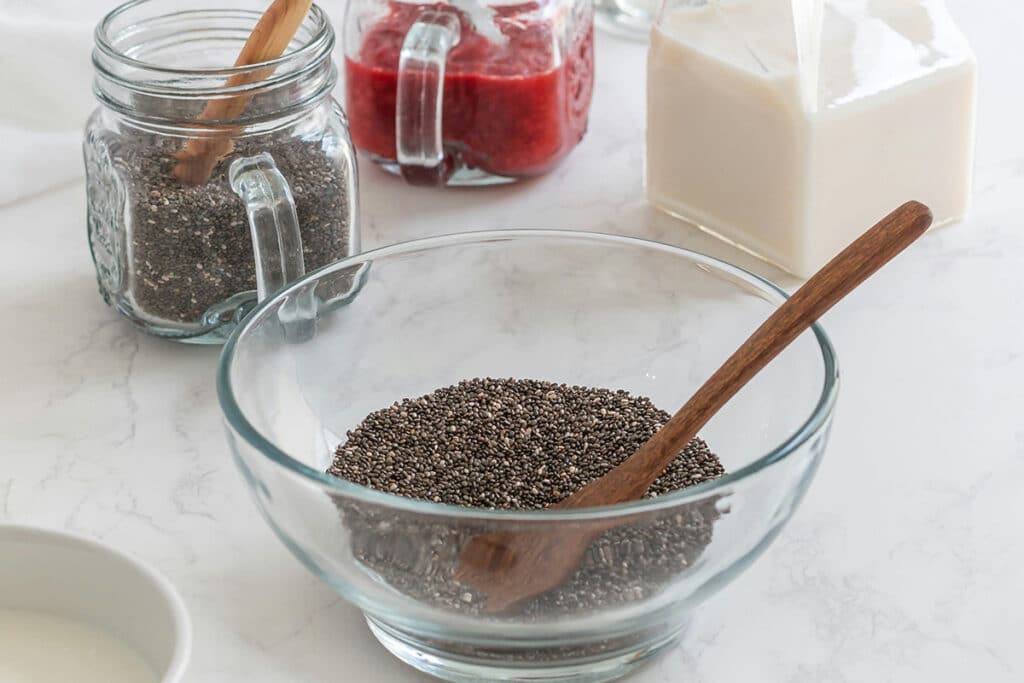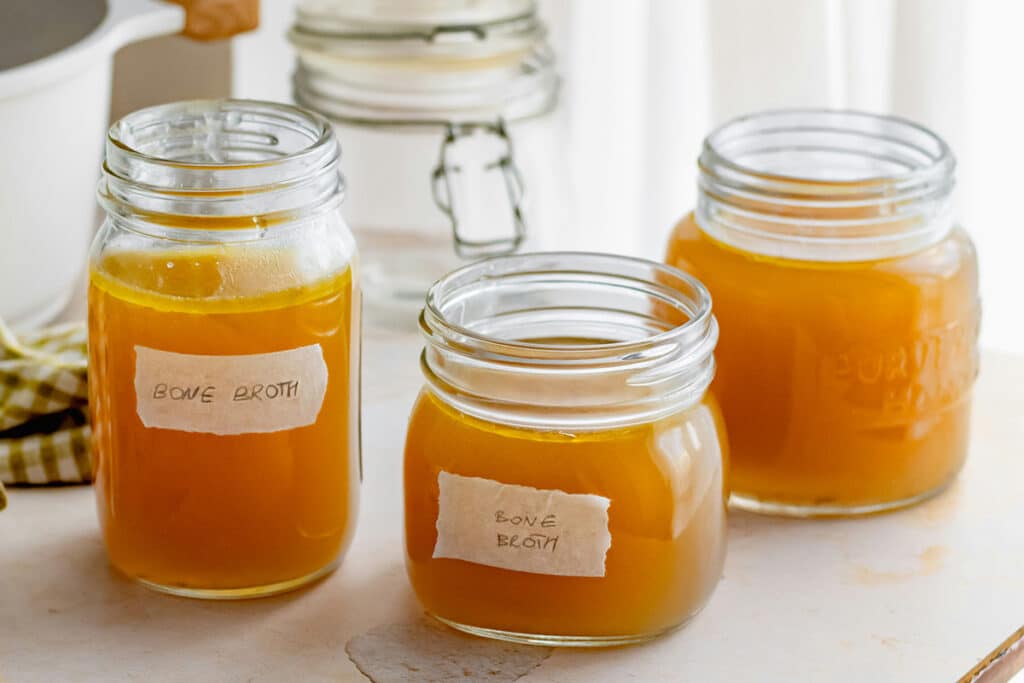Proper nutrition is one of the key elements to living a healthy lifestyle. A diet filled with superfoods helps fuel our bodies with the energy they need to perform at their best. The same can be said for pets, both cats and dogs alike, which can reap some of the same benefits from eating superfoods that humans do.
Table of Contents
What Are Superfoods?
You may be wondering, what is a superfood? Essentially, superfoods are whole foods packed with healthy vitamins and minerals. Since they are so nutrient-dense, only small quantities need to be consumed to experience the benefits they possess. The best part is that they are all easily found at local grocery stores.
When incorporated into a balanced diet, these superfoods may:
promote joint health
provide anti-inflammatory properties
improve the digestive system
boost the immune system
regulate blood sugar
maintain the skin and coat
contribute to healthy weight management
These superfoods collectively contain almost all the beneficial nutrients your pet needs in their diet they are unable to produce in their bodies. Some of these essential vitamins and minerals include:
Vitamin A
B Vitamins
Vitamin C
Vitamin E
Omega 3 Fatty Acids
Can my pet eat superfoods?
Superfoods are just as great for pets as they are for humans, provided you follow some simple preparation guidelines to ensure they don’t have too much of a good thing.
In no particular order, here are 10 human superfoods that are safe, and healthy, to feed your four-legged best friend.
Blueberries are Anti-oxidant Powerhouses
All berries are antioxidant powerhouses, but blueberries reign supreme. They are loaded with heart-healthy vitamins, minerals, and fiber and can help support joint health and improve other health issues such as inflammation. Not only are they a tasty treat, but consuming them regularly may even help prevent the risk of certain cancers.

Blueberries are safe for dogs and cats to eat in moderation, no more than a couple per day should do the trick. They contain natural sugars that pets should not consume excessive amounts of.
Carrots Boost Vitamin A Intake
Any orange vegetable is packed with vitamin A and carrots are no exception. They also contain potassium, magnesium, and phosphorus. Raw carrots are great for cleaning the gums and teeth, but they can be served cooked as well. Regardless of how they’re served, carrots (along with most other orange foods) contribute to good eye health.

When selecting carrots to feed to your dog or cat, aim for ones that are whole and organic. Cut them up into bite-sized pieces to avoid choking. Pro tip: when peeling carrots for your dinner, just drop a handful of the peels on the floor and your pup will be sure to clean them up for you.
Pumpkin Serves in a Pinch for Picky Eaters
Pumpkin is excellent for easing digestion problems your dog or cat may have. You can feed them a spoonful or mix it in with their kibble. This is a popular trick at most dog boarding facilities that need to make sure a pup’s food is eaten each day.

If you choose to feed them canned pumpkin, make sure the only ingredient is pure pumpkin. The canned pumpkin meant for pie filling is loaded with sugar, which can be harmful to your pet’s healthy immune system.
Leafy Greens go with Everything
Vegetables such as spinach and kale contain just about every vitamin and mineral you could think of, including calcium, magnesium, potassium, and folic acid. They are also known to possess cancer-fighting properties and can help reduce inflammation.

Because of these health benefits, adding any leafy green to your pet’s diet is a fantastic idea. Some pets might not be the biggest fans of raw kale or spinach but may enjoy it cooked. After washing it properly, steam it so it wilts down, chop it up finely, and mix it in with your pet’s food.
Greek Yogurt Win with Probiotics
Yogurt is an excellent source of probiotics that help promote a healthy gut. While regular yogurt will work just fine, Greek yogurt is higher in protein. Either way, select a yogurt with no flavoring or added sugar to feed your pet.

To make it an extra tasty treat, scoop the yogurt into an ice cube mold, add a few berries, and freeze it overnight. Your pet will love this healthy version of ice cream!
Oily Fish Keep Coats Healthy
Fish oil found in salmon, anchovies, and sardines is an ideal source of omega-3 fatty acids. These essential nutrients help promote brain health and keep your pet’s skin shiny and healthy. Their coat health will also get a boost. These fish also contain high levels of protein and healthy fats.

Feeding your pet wild-caught fish is always the best option. If you choose a canned fish, make sure it is packed in water instead of olive oil as that is not the fish oil we’re looking for. Steer clear of any added salt as well. Although healthy, these fish are high in calories, so be mindful of how often your pet eats them.
Chia Seeds Offer Relief from Common Skin Irritations
Like the aforementioned oily fish, chia seeds are also high in essential fatty acids. They are also high in fiber, calcium, magnesium, and iron. If your pet has skin allergies, adding chia seeds to their diet may help alleviate itchiness. This is due to the coat and skin health benefits these tiny seeds possess.

To incorporate chia seeds into your pet’s diet, give them a rinse and soak them in water for about an hour. Ask your vet about the ideal amount to mix in with your pet’s food to avoid an upset stomach, since it will depend on their body weight.
Sweet Potatoes Offer a Great Set of Essential Vitamins and Minerals
Circling back to the orange superfoods, sweet potatoes are also a great option to feed your pet. Like carrots and pumpkin, sweet potatoes are rich in beta-carotene and vitamins A and C.

An important note is that sweet potatoes should never be fed raw to a pet. The hard texture can be difficult to digest. Instead, roast the sweet potato in the oven until very soft, then scoop it out and mix it in with your pet’s food after it cools down. Remember to remove the skin from the sweet potato as well.
Sweet potatoes are an excellent inclusion in homemade crockpot dog food.
Broccoli is the Detox King
Broccoli, like other gut-healthy vegetables, helps aid the liver in detoxing the body. This helps promote gut health, which can aid digestion, as well as overall wellness. It is also high in fiber, potassium, and calcium.

The hard and crunchy texture of raw broccoli may be offputting to some cats and dogs, so try cooking it before introducing it into their diet. Steam it in a pot on the stove with a little bit of water. Avoid using cooking oils such as olive oil or added seasonings.
Bone Broth is the Best Superfood Topper
Perhaps the ultimate superfood for dogs and cats is the mighty bone broth. The reason that bone broth is superior to regular broth is due to the way it is made. It is made with animal bones, such as chicken, turkey, or beef liver, or pork, and simmered on low for at least 24 hours.
Learn how to make bone broth for dogs.
The long process helps extract all of the nutrients from the bones and connective tissue. This includes collagen, glucosamine, and gelatin. While it is not a complete protein, it is still a natural source of many essential amino acids.

Dogs in particular love bone broth. Even a picky eater, who may have some trouble eating their kibble, will finish the bowl with a little bone broth drizzled over the top of your dog’s food.
You can make bone broth at home, however, avoid adding ingredients like onions, garlic, and shallots. These are toxic to dogs and cats. Avoid excessive salt also.
Final Thoughts: Work Superfoods into Your Pet’s Diet to Gain These Health Benefits
The health of our pets is extremely important and, combined with the right amount of exercise, these pet superfoods can help supplement the vitamins and minerals they need to live a healthy lifestyle. Just remember to slowly introduce new foods and note any negative reactions from your pet. Each dog and cat are different and respond differently to different types of food. It is also a good idea to reach out to your vet with any questions you may have.
One last tip, when thinking about how to put these together for the most nutrient-dense formula, start with a base of regular pet food, add a leafy green, and then top it with any of the other foods on this list. Yum!
